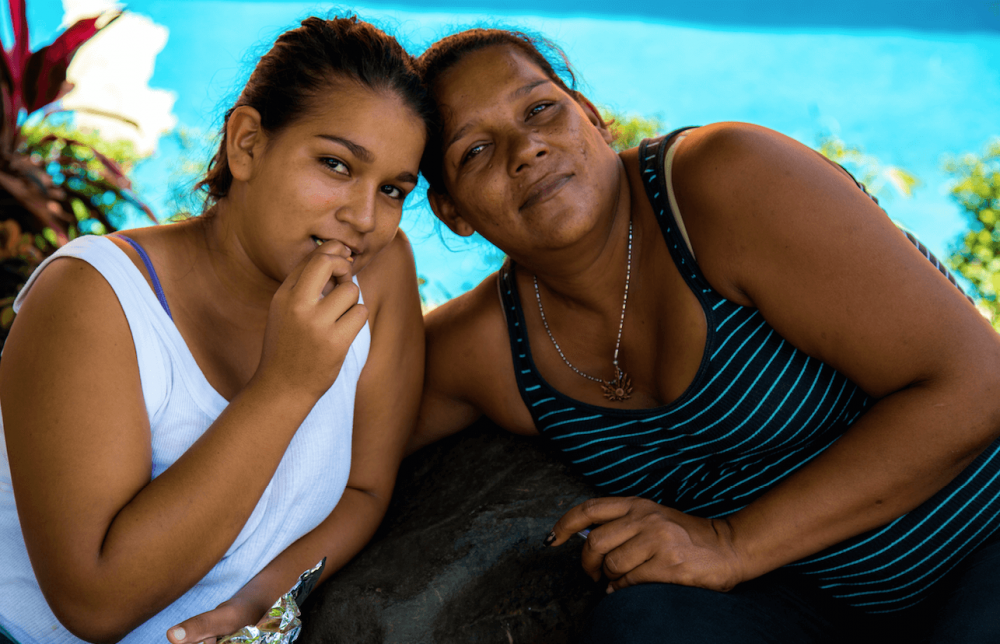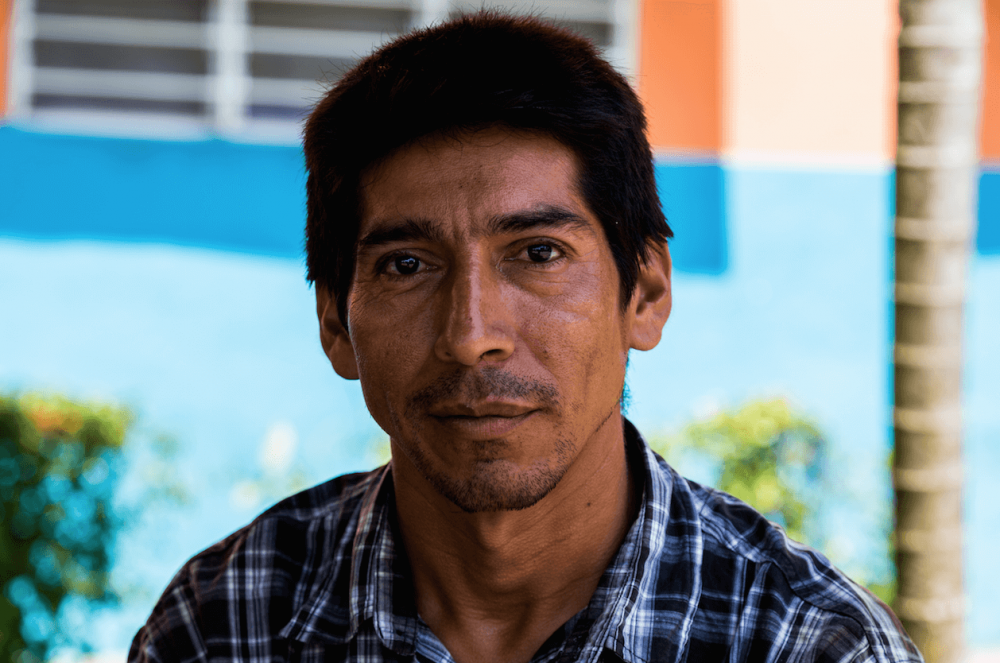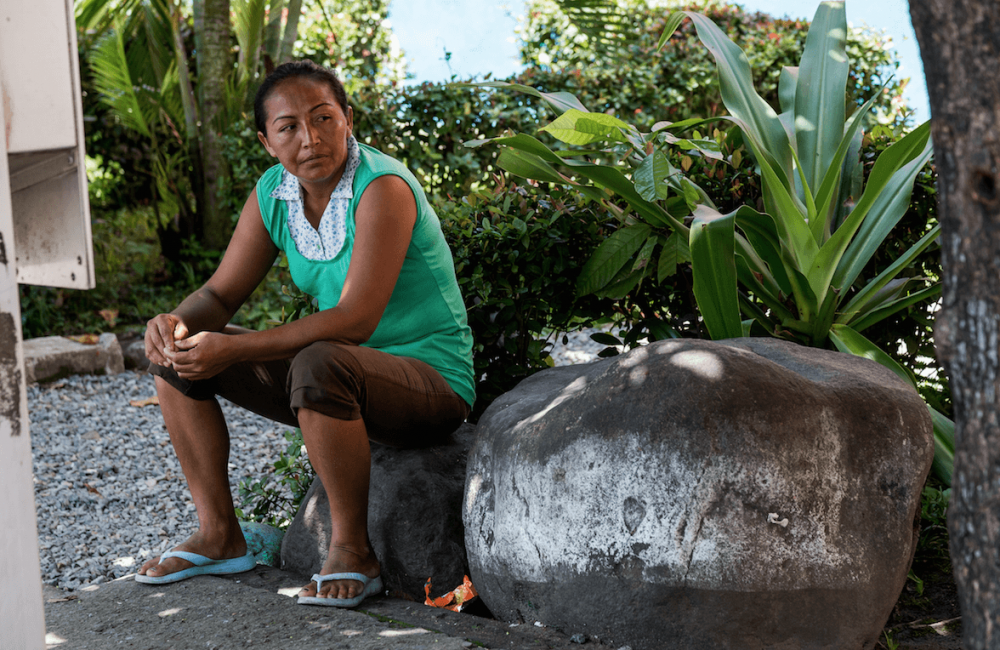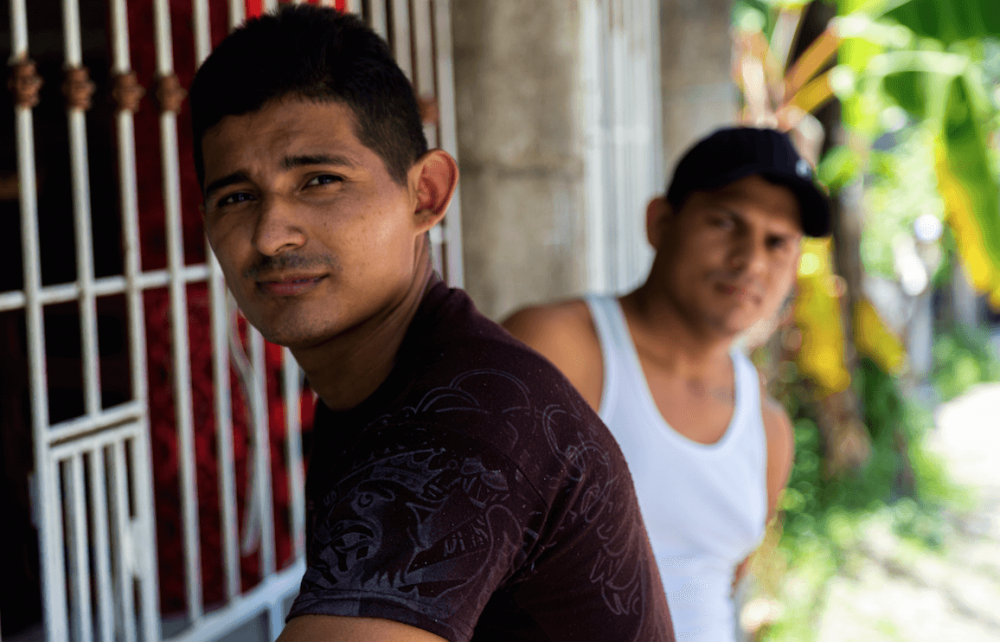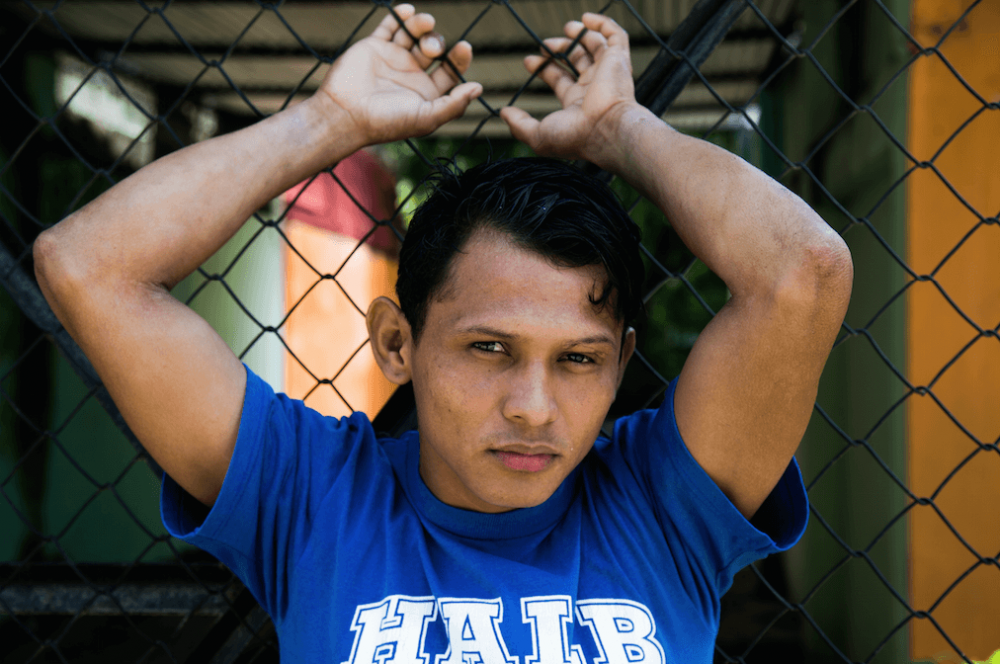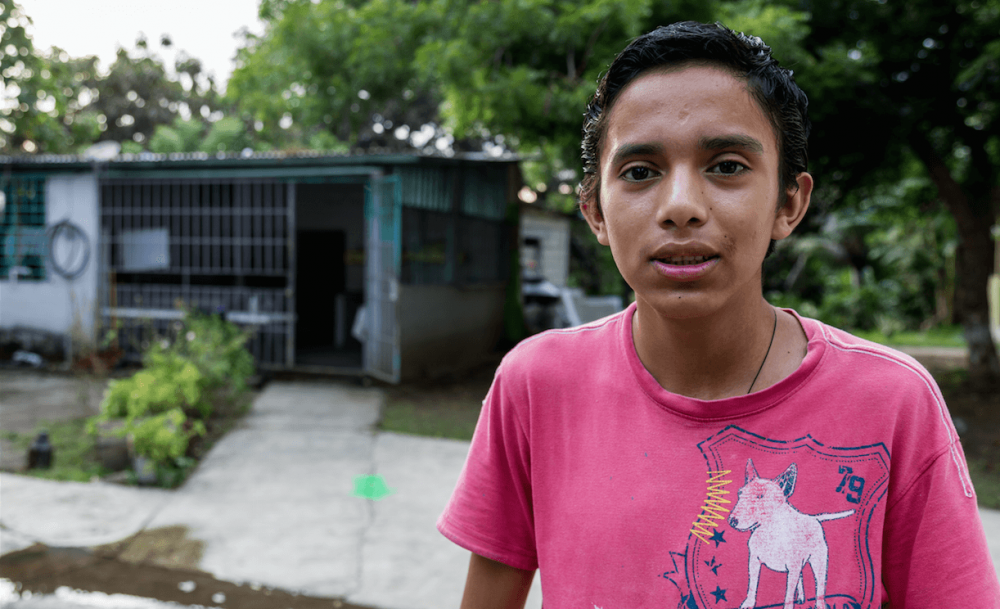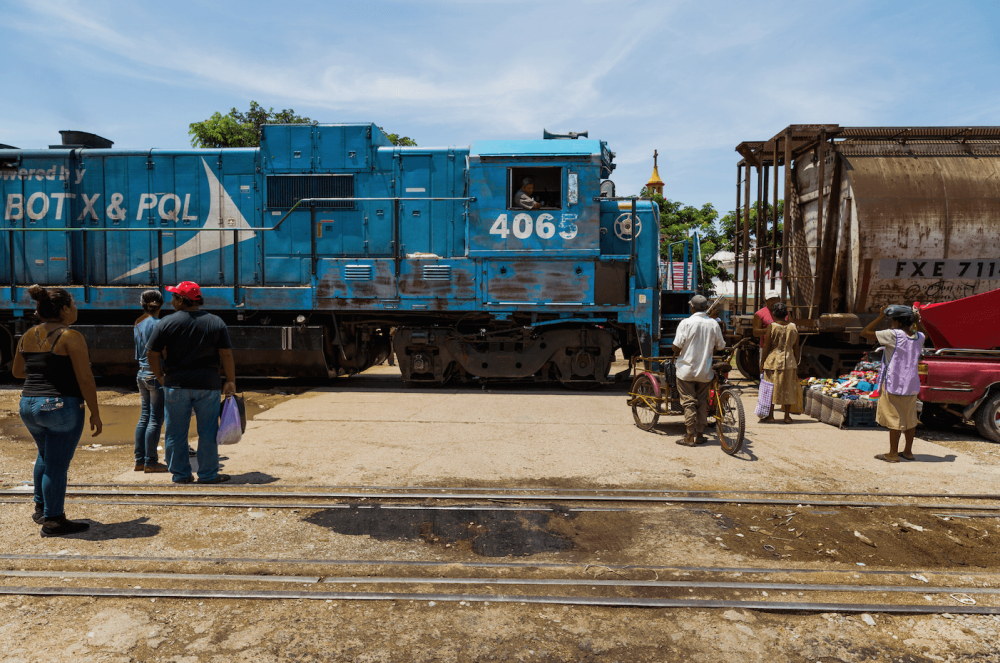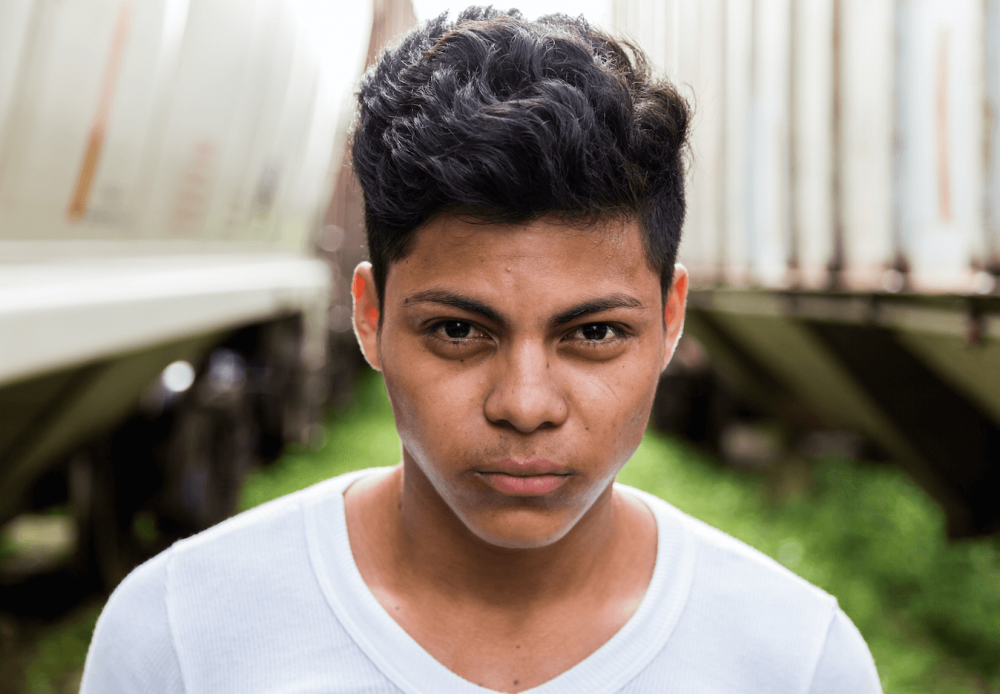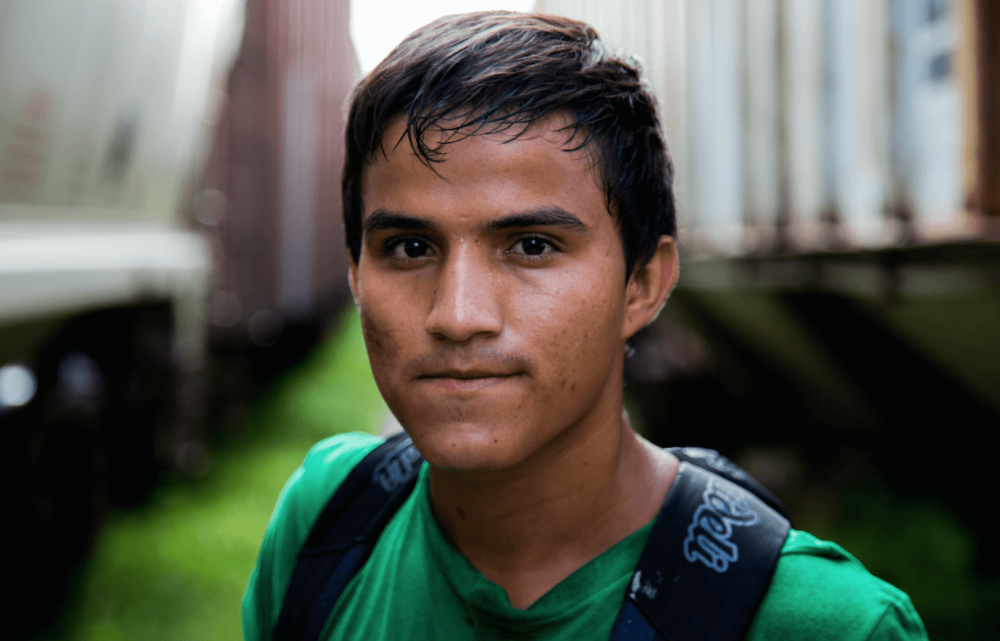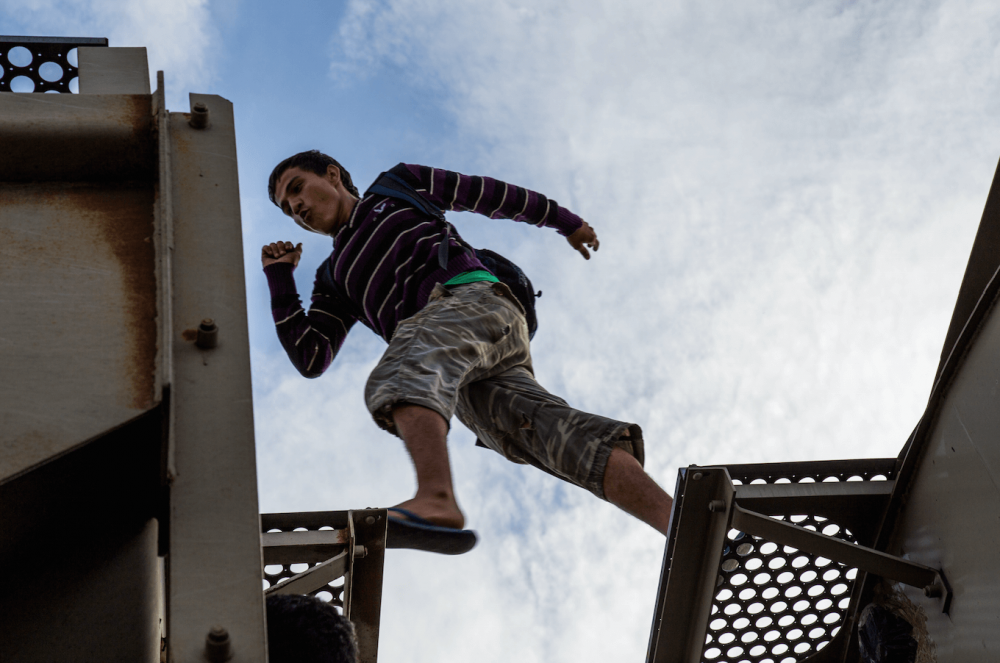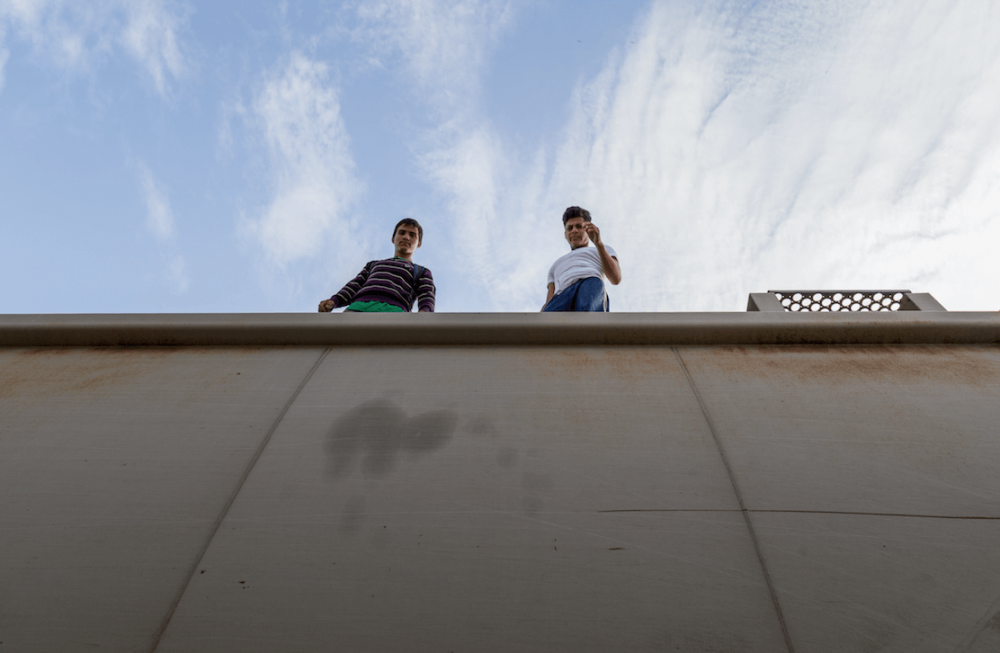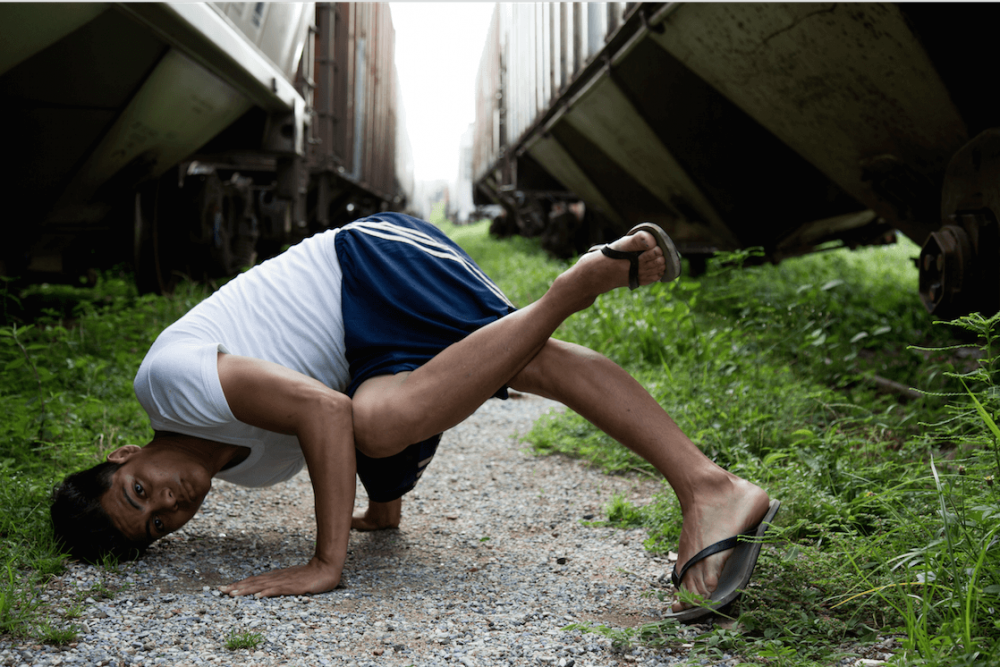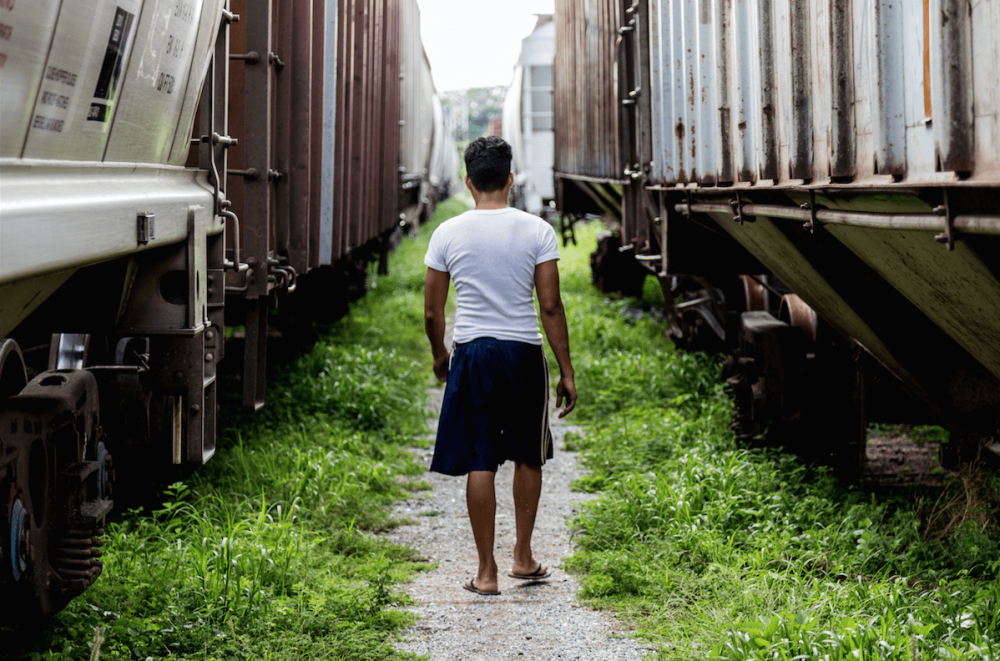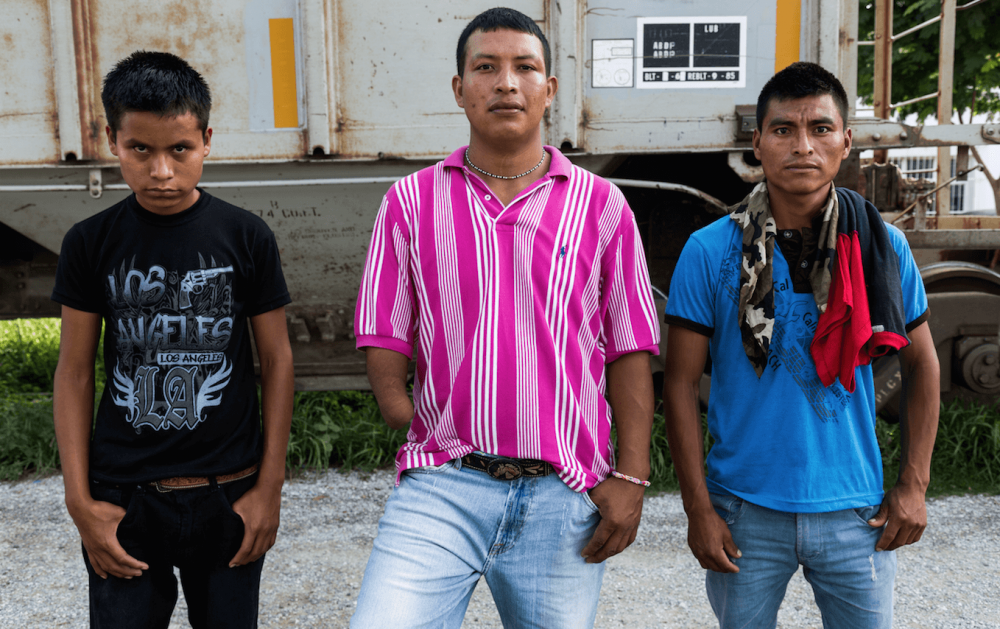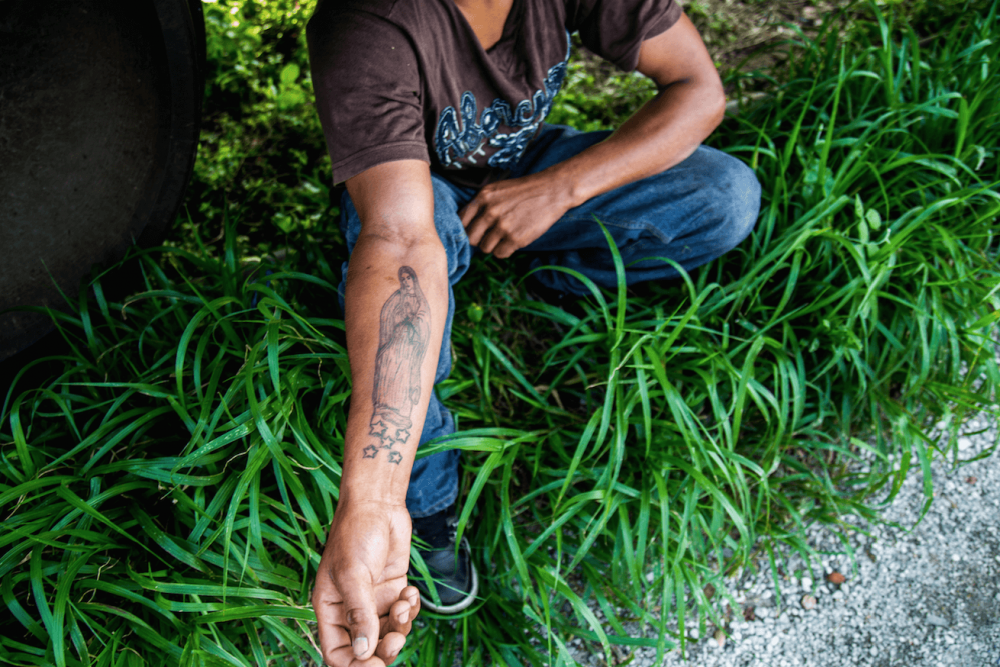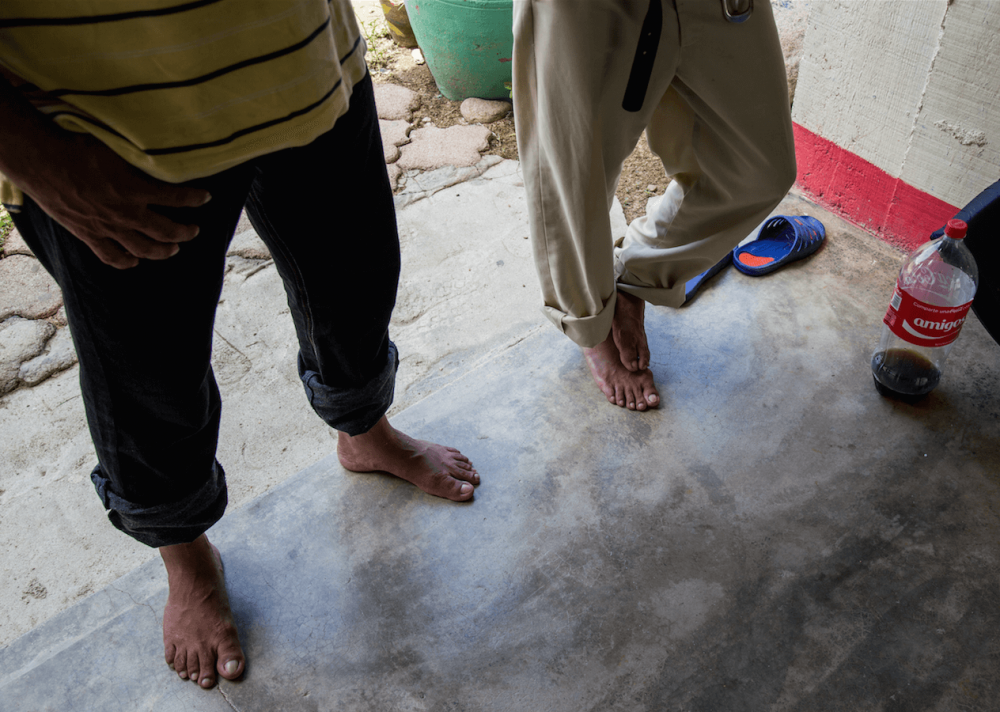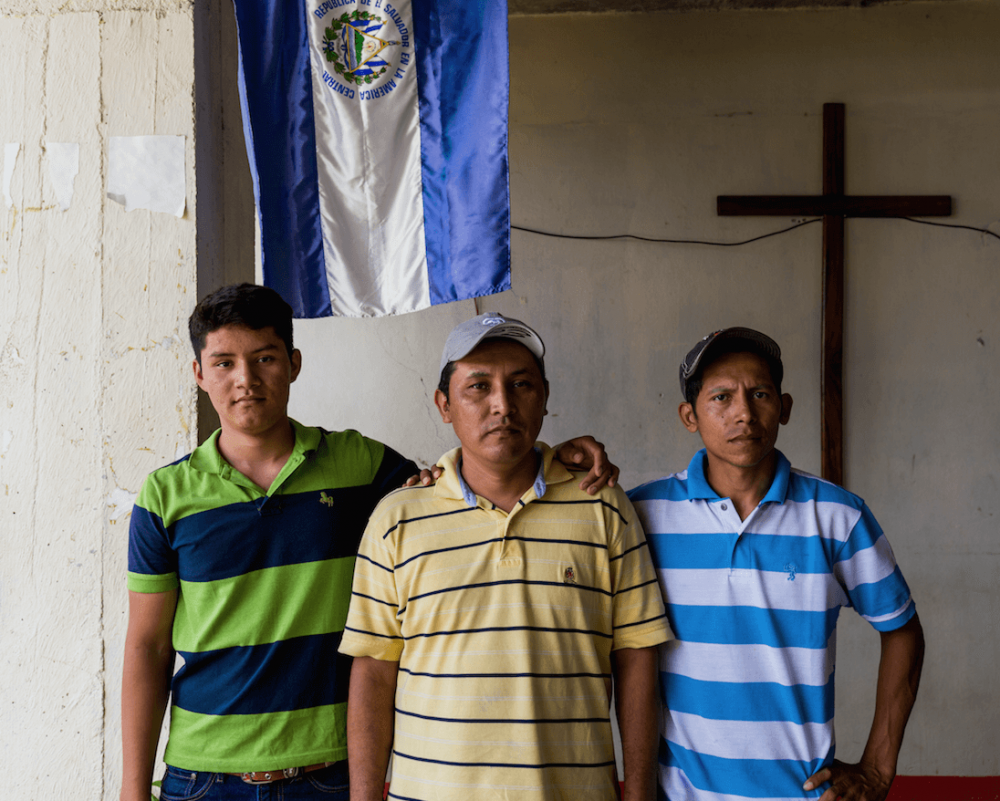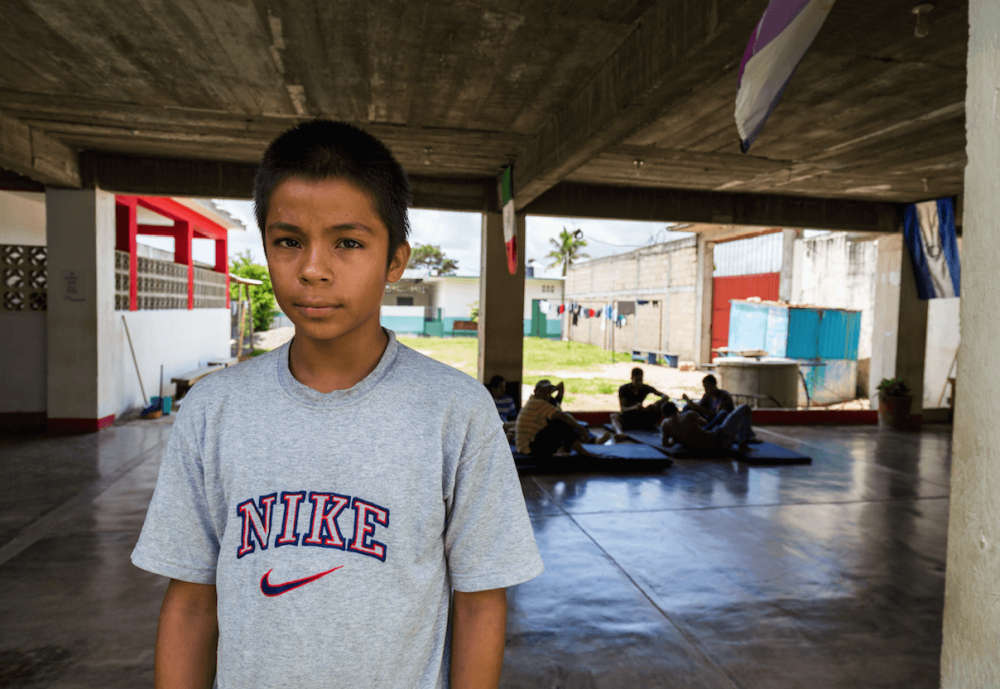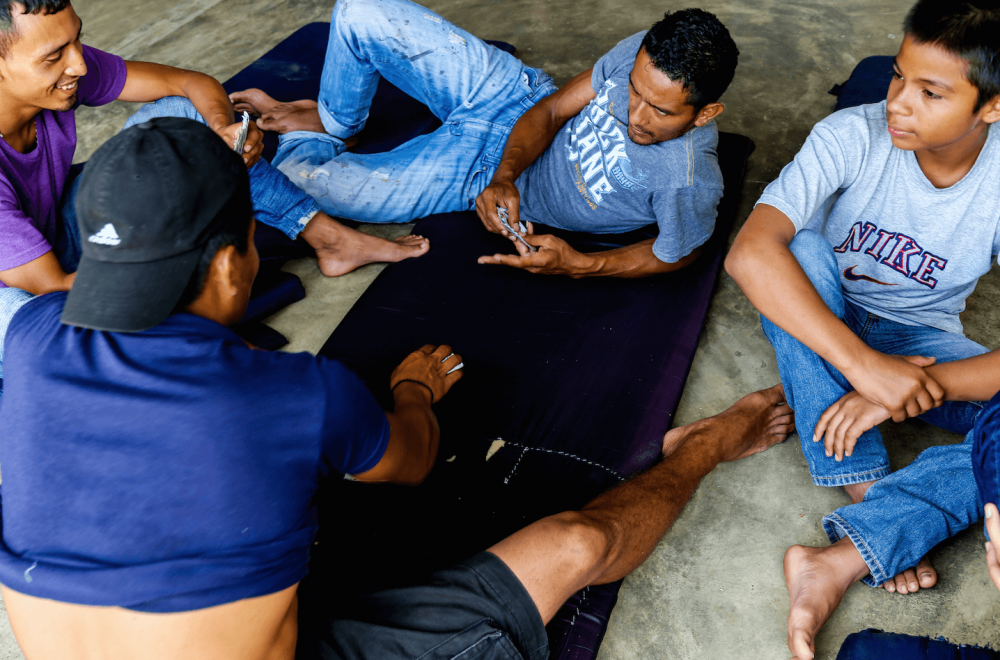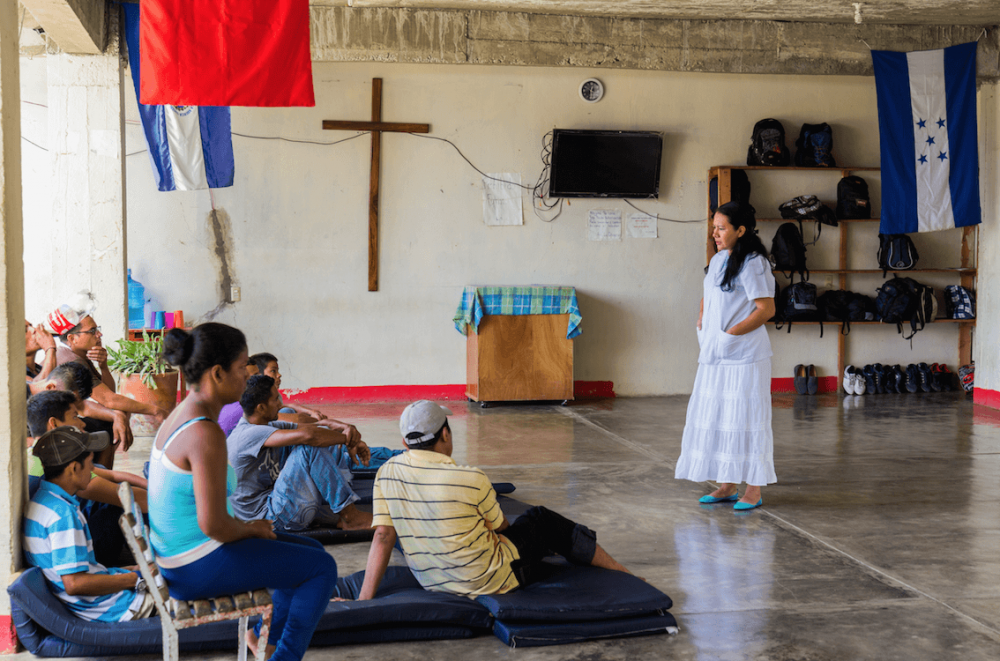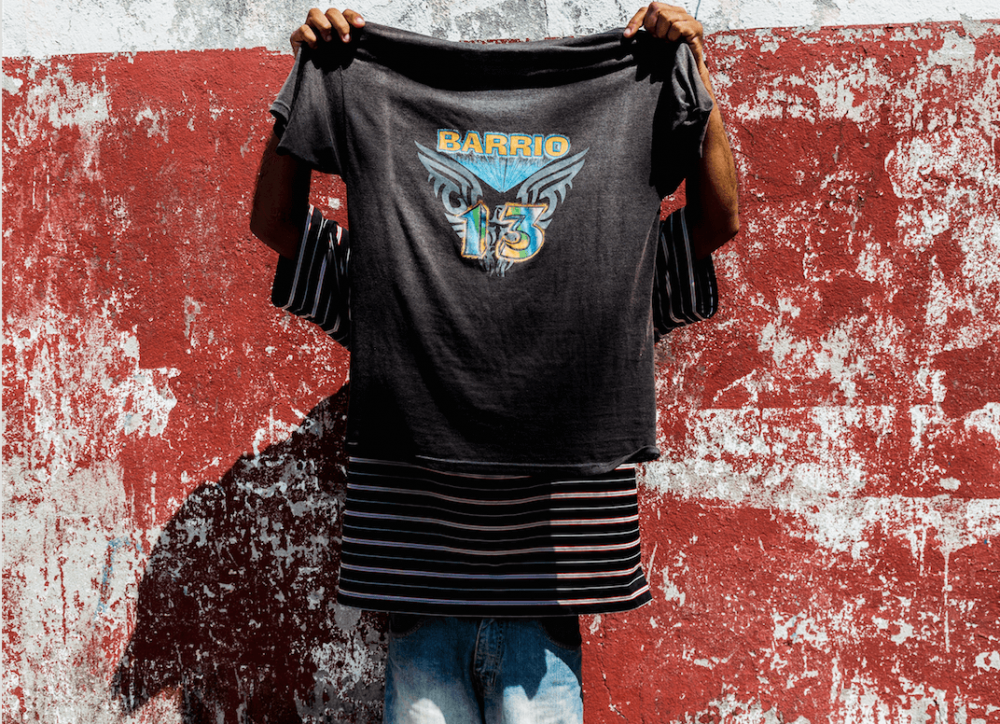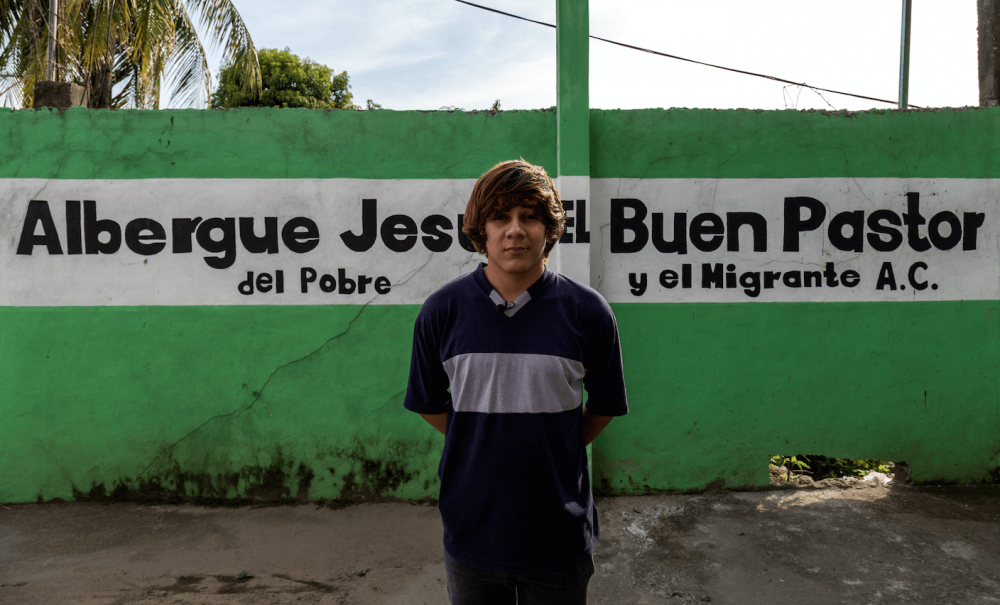I visited shelters and train yards in the southern Mexican state of Chiapas. I spoke with newly crossed Central American migrants in Tapachula and Arriaga where they shared their experience on the route and why they’ve migrated.
They all had their own different reasons to migrate, as well as different strategies in making it to the border. I spoke with migrants who were planning to travel by the train known as La Bestia .
“I left because a gang took over our neighborhood and threatened to kill us if we didn’t give them our home.” Melisa and her 15 year old daughter were denied refugee status by the Mexican government and claim to have been ignored by the Honduran consulate in Chiapas. Many migrants who don’t think they can make it all the way to the US border often choose to stay in Mexico, although some, like Melisa, are left without that choice and become then internally displaced people. “We have been told to go back. I am afraid that when I go back to my country I will be killed. But I am more afraid that my daughter will be too.” (Copyright © 2014 Tomas Ayuso – Noria Research. All rights reserved)
A man from El Salvador who had just recently arrived crossed into Tapachula was headed just north to Arriaga where the train starts. The main illegal border crossings into Mexico from Guatemala are Ciudad Hidalgo in Chiapas and Tenocique in Tabasco. The porous GUA-MEX border is riddled with poorly patrolled blind spots where people, weapons, drugs and fuel are commonly smuggled across in both directions. (Copyright © 2014 Tomas Ayuso – Noria Research. All rights reserved)
“Once you are threatened by those gangs you have to leave. Even if you move somewhere else in the country, they will find you. I’ve walked a long way from El Salvador and I am terrified.” Gloria, like many migrants, depends on the shelters along the route. “I had to leave my four kids with my mother because I didn’t have enough money to bring them with me. I had no idea the road was going to be this dangerous. All I want in this life is to have some land for my kids and mother to live on in peace. If I have to get on the train, fine. I am willing to do anything as long as I can keep my honor.” (Copyright © 2014 Tomas Ayuso – Noria Research. All rights reserved)
Two cousins from Nicaragua at a shop outside the migrant shelter in Tapachula. Although countries in the Northern Triangle have been the source of most migration, people from all over Latin America take the same route to get to the US. (Copyright © 2014 Tomas Ayuso – Noria Research. All rights reserved)
A Nicaraguan man waiting to receive medical attention at the shelter in Tapachula. When migrants are forced to flee their homes they must carry their belongings with them. Most of the major injuries on the trail are foot related. Migrants walk great distances through rough terrain in order to evade police, gangs and thieves. (Copyright © 2014 Tomas Ayuso – Noria Research. All rights reserved)
“I am not afraid to get on the Bestia or do whatever it takes to achieve my dream of getting an education in the United States to provide for my family. However hard the road gets, I have to do it.” Wilmer, an unaccompanied minor from Honduras, was going to get back on the route once he made enough money to travel and learned a bit of English. (Copyright © 2014 Tomas Ayuso – Noria Research. All rights reserved)
The southernmost points of the train network start in Tenocique, Tabasco and Arriaga, Chiapas. The freight trains used by migrants, popularly known as La Bestia (the beast) and El Tren de la Muerte (the death train), are found throughout Mexico. (Copyright © 2014 Tomas Ayuso – Noria Research. All rights reserved)
Jorge from Guatemala was determined to travel by train all the way to the border. His biggest fear was getting caught by migration authorities (La Migra), “La Migra say that you spend around a week at the detention center before they deport you back to your country. They give you dirty food, some get abused and all that. You know, La Migra don’t have any compassion for you, they don’t care what your dreams are or what you’re running from.” (Copyright © 2014 Tomas Ayuso – Noria Research. All rights reserved)
In August 2014, the Mexican authorities began enforcing a ban on migrants travelling by train. The federal police established joint checkpoints with migration police. Rolando from El Salvador became friends with Jorge in Arriaga while waiting for the train. He echoes Jorge’s sentiments, “La Migra chase people down and they should stop. Because we are migrants, not criminals. We don’t deserve that kind of treatment. We are just following our dream. Our people are following their dreams. It’s not a criminal dream. It’s a human dream. And La Migra chases us as if we were criminals.” (Copyright © 2014 Tomas Ayuso – Noria Research. All rights reserved)
“On the highways, I’ve been robbed. They’ve taken my phone, my money, my shoes and my shirts too. But thank God. Like I tell God, thank you father. As long as I have life… While there is life and hope, that’s what matters.” Rolando jumps between cars, demonstrating his ability to outrun anyone who chases him. (Copyright © 2014 Tomas Ayuso – Noria Research. All rights reserved)
The trains are not on a fixed schedule, making their departure time a subject of constant debate among migrants. Because of this, many migrants have no choice but to sleep in or around the rail yards. There is a popular saying on the route, “the rail is the migrant’s pillow.” (Copyright © 2014 Tomas Ayuso – Noria Research. All rights reserved)
“My goal is to make it to the United States. I have no one to take me in up north. So I’m going to see what happens. I made it all the way here from the border, asking for money. Making my money by breakdancing. I get money to eat, to travel and all that. I get my money from my culture, thank God.” (Copyright © 2014 Tomas Ayuso – Noria Research. All rights reserved)
Later, through conversations with other migrants further down the route, I learned that Jorge had been caught at one of the federal checkpoints. Once Central Americans are arrested in Mexico, they are sent back over land by bus. Guatemalans are taken to the border town of Carmen. (Copyright © 2014 Tomas Ayuso – Noria Research. All rights reserved)
“I pushed one of the officers and we escaped. That’s when all of us jumped out the window and ran into the bush. Nearly everyone else in that hotel got caught!” A Guatemalan migrant describes how he escaped from a surprise police raid on their hotel. The crackdown on Central American migrants has raised alarm among human right defenders for the litany of abuses being reported by deportees. (Copyright © 2014 Tomas Ayuso – Noria Research. All rights reserved)
Seeking shade from the sun under the Bestia, a former Honduran gang member shows his tattoo. Gang members also flee violence because of increasing brutality in gang wars. Death is the only way out of a mara, leaving many who fell into gang life little choice but to flee. (Copyright © 2014 Tomas Ayuso – Noria Research. All rights reserved)
A man pitches a hammock on the Bestia in Arriaga to make sure he won’t miss his ride. Since the crackdown began, trains have been used for migration much less. The migrant route has been pushed into the dangerous mountains and forests outside major cities along the migrant route. (Copyright © 2014 Tomas Ayuso – Noria Research. All rights reserved)
A father and son from El Salvador rest their feet after walking from the Mexico-Guatemala border to Arriaga. The shelters are typically segregated by gender and allow migrants to stay 3-5 days. (Copyright © 2014 Tomas Ayuso – Noria Research. All rights reserved)
The Carrasco family of El Salvador pose in front of their flag in the Arriaga shelter. “We left after a gang member came to our home to kill Jose (left). My father (center) and I (right) knew he was coming, so we ambushed and beat him. We took a bus to Guatemala immediately after that, and another to the Mexican border. Our hope is to reunite our whole family one day in the United States.” (Copyright © 2014 Tomas Ayuso – Noria Research. All rights reserved)
Nico, 13 years old, had made it to Arriaga after a grueling day travelling by himself from his home in Guatemala. “In the area I live in there’s a lot of gangs. One of them told me to join them and I said no. Yesterday they grabbed me and said that if I didn’t leave the country they would kill me and all my family. So I left. I left my brothers and sister behind. I didn’t tell my mom, only my sister knew.” (Copyright © 2014 Tomas Ayuso – Noria Research. All rights reserved)
Children like Nico are targeted by gangs at a young age to serve as lookouts, cannon fodder and informants. Once a gang has their sights on someone they seldom let up. Nico, even though already pushed to make life or death decisions for himself, has an altruistic purpose on his journey to the US. “I want to become a doctor and I want to be a good man. I want to fight the evil in Guatemala and all of Central America.” (Copyright © 2014 Tomas Ayuso – Noria Research. All rights reserved)
Walter, a victim fleeing the region’s historic homicide rates, shows his bullet wounds in the Arriaga shelter. The countries of Northern Central America remain at the very top of the world’s violent death indices. (Copyright © 2014 Tomas Ayuso – Noria Research. All rights reserved)
A psychiatric volunteer visits a shelter in Arriaga to offer counseling for the “wounds that one feels but can’t see.” Shelters throughout Mexico receive domestic and international aid to carry out their mission. (Copyright © 2014 Tomas Ayuso – Noria Research. All rights reserved)
An active member of the Sur 13 gang hides his face behind a shirt bearing gang insignia. Because of the massive migratory outflows from Central America, many of the region’s gang members set up shop to extort, kidnap and murder migrants along the southern portion of the route. This has driven anti-Central American sentiment in Southern Mexico by falsely equating migrant groups with gangs. (Copyright © 2014 Tomas Ayuso – Noria Research. All rights reserved)
The morning after la Bestia departed for Ixtepec, Oaxaca, the next stop on the route. Many towns on the Bestia’s path have grown with the influx of displaced Central Americans. With the recent crackdown shifting migrant routes deeper into the bush, local businesses in places like Arriaga worry about what’s next. “We took out loans to grow our business, but since La Migra started going after Central Americans, they’ve all left. All we can do now is pray.” (Copyright © 2014 Tomas Ayuso – Noria Research. All rights reserved)
